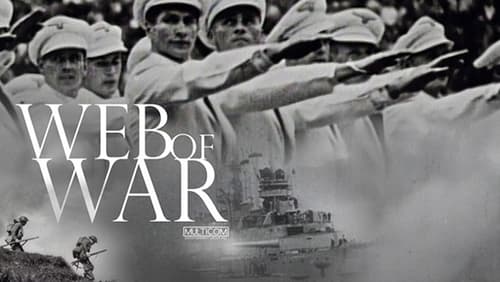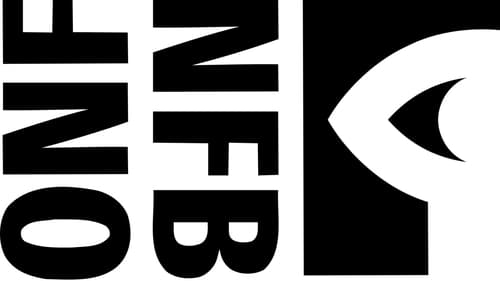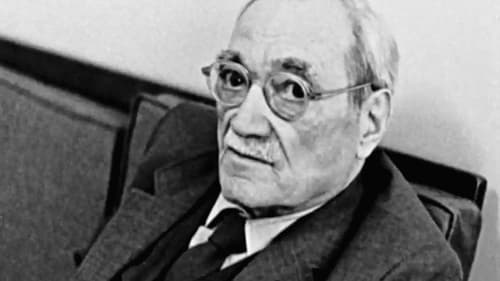
Sound
This documentary introduces us to thousands of Indigenous Canadians who enlisted and fought alongside their countrymen and women during World War II, even though they could not be conscripted. Ironically, while they fought for the freedom of others, they were being denied equality in their own country and returned home to find their land seized.

Sound
The stories of the battles that brought together a Polish cavalry officer, a Canadian captain, and a polish underground member are told by the very same Canadians who survived them.

Sound
This documentary follows four female First Nations artists—Doreen Jensen, Rena Point Bolton, Jane Ash Poitras and Joane Cardinal-Schubert are First Nations artists who seek to find a continuum from traditional to contemporary forms of expression. These exceptional artists reveal their philosophies as artists, their techniques and creative styles, and the exaltation they feel when they create. A moving testimony to the role that Indigenous women artists have played in maintaining the voice of their culture.

Sound

Sound

Sound

Sound

Sound

Sound

Sound
Donald Marshall is imprisoned for a murder he didn't commit.

Location Sound Recordist
Produced in 1988, this feature documentary presents a living history of Quebec's last 40 years as seen through the eyes of one couple. Pauline Julien and Gérald Godin, two Quebec artists, share their perspectives on the events that have marked Quebec's evolution. Julien, a singer, and Godin, a poet, express their love and passion for the province (and each other) while providing a unique take on the Quebec nationalist movement.

Sound Recordist
This documentary from 1980 depicts a factory community in China where over 6000 workers process, spin and weave raw cotton into 90 million yards of high-quality cloth per year. Also seen are the workers' residential, social, recreational and educational facilities, all located on factory property. The film presents an engrossing study of a lifestyle that is very different from that of the Western world.

Sound
Bureaucracy shapes our lives and guides us from the cradle to the grave. This documentary lays bare the idiosyncrasies of bureaucracy, whether in Canada, Austria, Hungary, the Vatican or the Virgin Islands. It also attempts to make the functioning of the public service more comprehensible. The absurdities of bureaucratic behaviour are exposed with humour and irreverence.

Sound
Kelly is a Métis man without treaty or hunting rights, struggling to sustain his traditional life. His daughter Theresa longs for a red dress from France that she believes will give her power and strength, as the bear claw once did for her great-grandfather Muskwa. When Theresa escapes an assault and Kelly turns his back on his daughter, he realizes that he must reconnect with his culture in order to make things right. Today, the red dress is a powerful symbol recognizing over 1000 missing and murdered Indigenous women in Canada.

Sound
In this feature drama, a Canadian Indigenous youth attempts to find a place for himself. He faces culture shock as the educational system teaches him to be a white man and tries to find a way of life more meaningful to his Indigenous culture and ancestry.

Sound
This feature documentary follows one of the greatest Canadian baseball players of all time, Ferguson Jenkins, through the 1972-1973 season. From the hope and innocence of spring training to the dog days of an August slump, the camera gets up close and personal at the home plate and records the intimate chatter on the mound, in the dugout and in the locker room. It provides a glimpse into the rewards and pressures of sports stardom and the easy camaraderie of the quintessential summer sport.

Sound Recordist
This short documentary takes us to St. John's Cathedral Boys' School, at Selkirk, Manitoba, one of the most demanding outdoor schools in North America. As the school can’t accommodate every student wishing to enroll, boys of 13 to 15 years old are put through an initiation tougher than they have ever faced. They paddle canoes through some 500 kilometers of wilderness in 2 weeks, portaging and camping all the way, thereby learning vital outdoor lore, cooperation and self-confidence.

Sound
This feature film is a portrait of John Grierson, the first Canadian Government Film Commissioner and founder of the National Film Board in 1939. Interweaving archival footage, interviews with people who knew him and footage of Grierson himself, this film is a sensitive and informative portrait of a dynamic man of vision. Grierson believed that the filmmaker had a social responsibility, and that film could help a society realize democratic ideals. His absolute faith in the value of capturing the drama of everyday life was to influence generations of filmmakers all over the world. In fact, he coined the term "documentary film."

Sound
This short documentary takes you on a tour of one of Montreal's first health food stores. The camera scans shelves stocked with all manner of natural foods to which nary an additive has been added: soybean and sesame seed products, wild honey, and even eggs from hens fed on blackstrap molasses. But the real eye-openers are in what you hear between the aisles, from the store's owner and his customers.

Sound
This feature documentary takes a look at how the Halifax/Dartmouth community in Nova Scotia was stimulated by a week-long session held by a panel of specialists from different fields who met with members of this urban community to consider the future of the area and the responsibility of the citizens and government in planning the future.

Sound
This feature documentary studies the different faces of Montreal’s Greek community in 1969. Instead of giving voice to the businessmen and well-integrated few, the film highlights the cultural and economic problems encountered by new immigrants and their families.

Sound
A fifth of Canadians live at the subsistence level. This is a look at that world, where the street is home, and where poor shelter, poor food, poor schools and poor health are the only certainties of life. Children, old people, the sick and the drifters are caught in it. It is a world filmed throughout Canada so that people who are not part of it can see it, think about it, and maybe help to change it. (NFB site)














